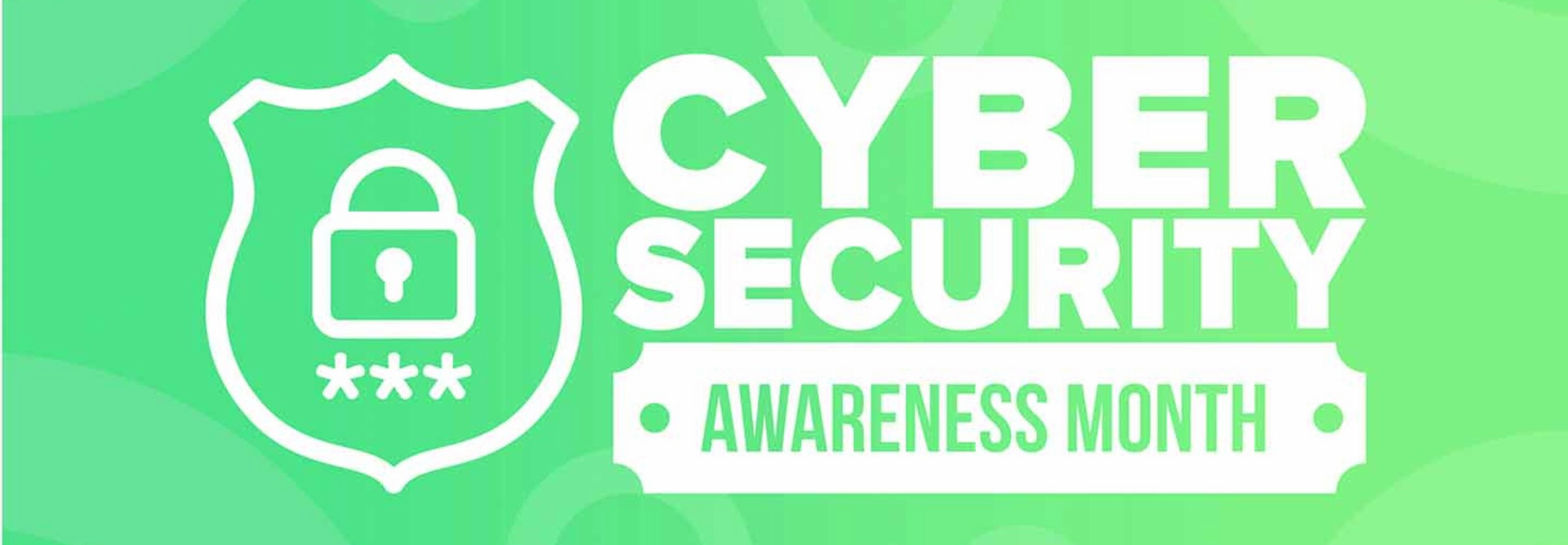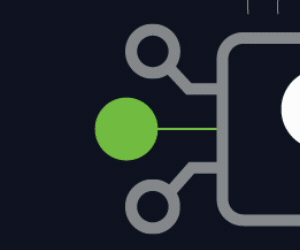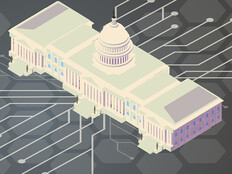The Federal Funding Puzzle
Despite the escalating threat environment, funding for cybersecurity remains uneven. Larger organizations and federal agencies may enjoy robust budgets, but many state and local governments, nonprofits and small businesses operate with inadequate resources. These entities often become attractive targets precisely because they are under-resourced.
Grants and federal funding initiatives have helped fill some gaps, but cybersecurity is too often seen as a discretionary expense rather than a core operational necessity. The truth is stark: Failing to invest in cybersecurity can result in significantly higher costs in the long run, whether through ransomware payouts, data breach settlements or reputational damage. Leaders at all levels need to treat cybersecurity as a foundational part of risk management, not an afterthought.
Automation and Reliance on Technology
The complexity of modern IT environments makes manual defenses nearly impossible. Automation has become essential. Security information and event management systems, automated patching tools, and AI-enhanced monitoring platforms are now staples of a mature cyberdefense strategy.
Yet reliance on automation brings its own risks. Overconfidence in automated tools can lull organizations into a false sense of security, and adversaries continually develop methods to bypass or confuse automated defenses.
Automation must therefore complement, not replace, human judgment. Skilled professionals remain indispensable for interpreting alerts, setting priorities and making the strategic decisions that technology cannot.
DISCOVER: AI-powered physical security benefits agencies.
Culture, Policy and Shared Responsibility
At its core, cybersecurity encompasses not only technology but also culture. Employees must feel responsible for protecting sensitive information, from recognizing phishing attempts to practicing strong password hygiene. Leaders must cultivate environments where security is not seen as a barrier but as an enabler of trust.
Policy frameworks also matter. National initiatives such as the adoption of zero-trust architecture, supply chain security requirements and mandatory incident reporting are raising the bar. However, policies without enforcement or resources can fall flat. True resilience requires coordination between government, private industry and civil society.
Looking Ahead: Beyond Cybersecurity Awareness Month
As Cybersecurity Awareness Month enters its third decade, awareness itself is no longer enough. Awareness campaigns have helped establish a baseline of knowledge, but the threats facing society require a more comprehensive response. We must move toward sustained investment, active defense and cultural commitment.
Cybersecurity in 2025 is not just about protecting machines; it is about safeguarding the public trust. Every breach erodes confidence in digital government, e-commerce and social systems. Conversely, every act of resilience strengthens the foundation for innovation and growth.
The stakes have never been greater, but neither have the opportunities. By expanding the conversation beyond IT, addressing the talent shortage, leveraging AI responsibly, funding initiatives appropriately and using automation wisely, organizations can transition from awareness to action.
Today, the message is clear: Awareness is just the starting point. Building true resilience requires sustained investment, the responsible use of AI, a cultural commitment and collective responsibility. Awareness has opened the door. Now, it’s time for action.
UP NEXT: DOD's cyber workforce is evolving from within.













